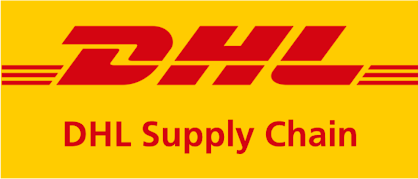Imagine a company that sells certain products. Sellers are paid depending on whether they achieve their goals. The results are controlled by their team leaders, who report to their managers and so on through the management ladder.
The top management sets goals for the company and distributes them among the teams. Team leaders communicate them to their salespeople. Someone disagrees with the target and submits a request for change, which goes through the next levels of the structure, where it is accepted or rejected. After the goals are approved, the employee starts working on his paycheck. He knows what he has sold, but sometimes loses count with larger orders. At the end of the month, the employee finds out whether he has achieved the goal and what payment he is entitled to. Something is wrong, so he makes a complaint about the order from the beginning of the month, the claim is processed at the appropriate level and corrections are made. The payout changes and the final amount is sent to the accounting. During this time, the employee has communicated goals for the next month, and everything repeats.
And now imagine that the entire process is controlled in Excel files and e-mails.
Files are sent back and forth. Sometimes one will remain unanswered because it will disappear among other important matters. A crisis breaks out because someone has been given the information they should not be able to see. Someone will upload the old excel file version instead of the one with the fix. (A bit of an extreme case, but to whom it has not happened?).
A bit chaotic, don’t you think?
And now the Sales Performance Management system comes in.
Everything is calculated automatically according to the assumptions that were made. The manager can see both changes and historical values on an ongoing basis. Goals are communicated with one click. The user only sees the information that is assigned to him. Information always flows according to a predefined structure. Everything is in one place, not in dozens of messages.
More importantly, the salesperson’s job is simpler. He does not have to count his sales aside because he can see how much he still needs to achieve the goal, in the form of a nice, clear chart with daily refreshed results, and he is able to verify if they are correct. He is better motivated to work when the terms of payment of remuneration are transparent. His message will not disappear in spam. His Team Leader can see his (and his own) performance in real-time. He can compare the results over the months.
These are just some benefits of using the SPM system. Different ways of calculating commissions and bonuses, both at the level of individual transactions and aggregate results, allow you to find the best way to reward employees. The relatively easy way to expand the system with new functionalities will let adapting to changing business conditions. The truth is that a well-designed system brings measurable financial benefits to the company.
If you’d like to learn more about the other benefits of SPM for your business, let’s talk. We are vendor-independent and will be happy to advise you on a suitable solution.




































